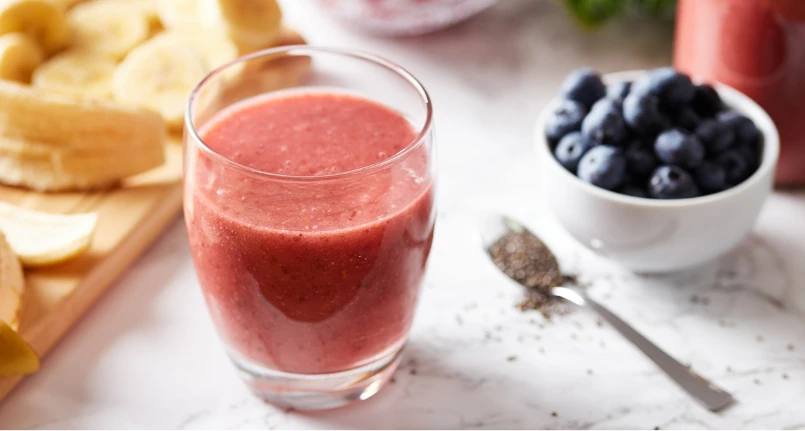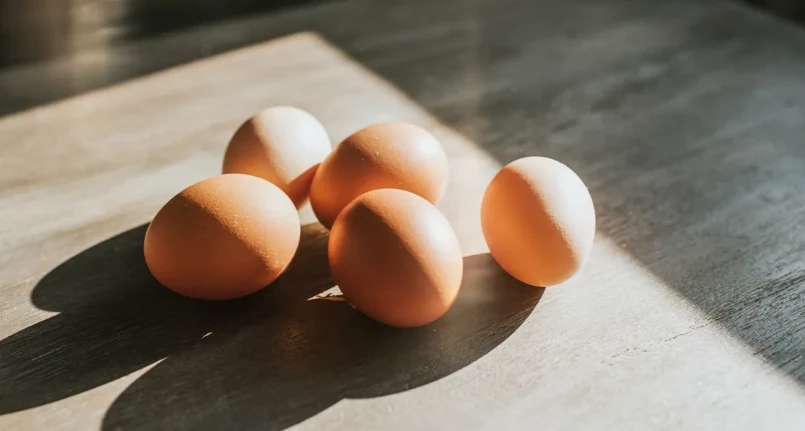Protein production
In order to synthesize proteins, the body must have a certain amount of amino acids. These are essentially obtained from the digestion of food proteins , even if in different quantities and proportions depending on the food in question.
It is important to highlight, however, that in the event that the protein quota is insufficient in the long term, the body would end up facing protein malnutrition, functioning inadequately.
Nutritional requirement of proteins
But how much protein should we take in a balanced diet ? It depends, the protein fraction is not the same for everyone. They need it most: children and teenagers, pregnant and breastfeeding women, very busy sportsmen and women, those suffering from malabsorption or other conditions that determine a greater need.
In any case, the minimum protein requirement for a sedentary male adult is equal to 55 g per day, while for females it is equal to 44 g; this should be sufficient to maintain protein stores in 95% of the general adult population.
However, as also indicated by the Reference Intake Levels of Nutrients and Energy for the Italian population (LARN), to obtain a more precise estimate of the daily protein requirement in a sedentary subject, the factor of 0.8 g multiplied by to kilograms (kg) of physiological (not real) body weight . For children and adolescents, the factor increases markedly up to 1.5 g; in case of gestation, “a few grams” (6 g / day) is added.
Protein and physical activity
According to what has been suggested by many research institutes, an adequate protein intake in athletes would be essential for:
- Gain a higher level of muscle hypertrophy (mass). Specifically, with training increases the protein requirement , a need that should be met through an adjustment of the diet so as to support muscle growth in an appropriate way .
- Maximize recovery between training sessions. Physical activity, in fact, causes an increase in “muscular catabolism”, i.e. the wear and tear of the tissue due to exercise: to restore the catabolic losses it is therefore necessary to take proteins , since in the event of a lack of intake, the recovery between sessions the other would fail, jeopardizing the final objective of the training.
Protein-rich foods
It is known that the foods with the highest protein content and the best biological value are, in general, those of animal origin: eggs, milk and derivatives, meat and fish .
In recent years, however, it has been discovered that foods of plant origin can also satisfy a large part of the protein requirement. Above all, legumes are rich in these nutrients, provided however that they are correctly associated: proteins of vegetable origin are in fact deficient in certain amino acids, but if consumed in combination with foods that complete their profile in this respect, they give rise to a pool of amino acids comparable to that of meat and fish.
Thanks to the combination of legumes and cereals , such as wheat and red lentils or chickpeas or peas , it is therefore not essential to consume foods of animal origin to reach the daily quota of high biological value proteins . This applies to sedentary subjects but also to sportsmen. In fact, wellness lovers who associate the practice of various sports with a diet based on a limited presence of ingredients of animal origin are constantly growing.
By associating cereals and legumes , and varying them continuously, there is also the great advantage of improving the intake of many other nutrients, such as iron , calcium , zinc , selenium , group B vitamins , and at the same time also satisfying the need for complex carbohydrates ( starch). In addition to the classic combination of rice and peas or pasta and beans , it is also possible to try the combination of wheat and red lentils or chickpeas, which can also be consumed in the form of pasta made with the flour of these legumes .




